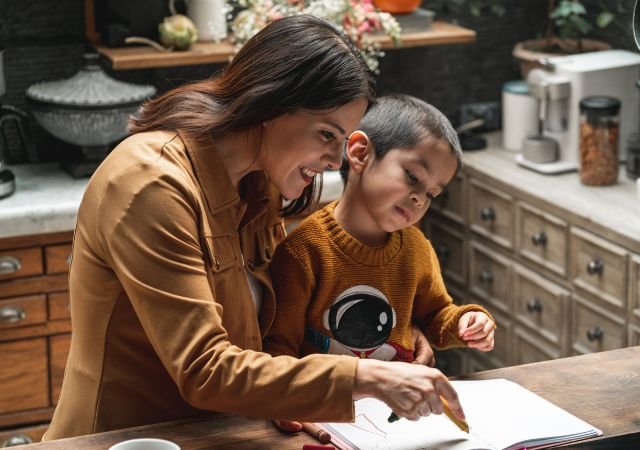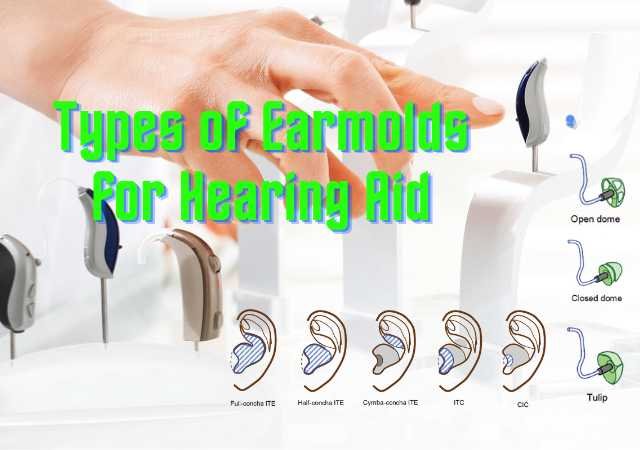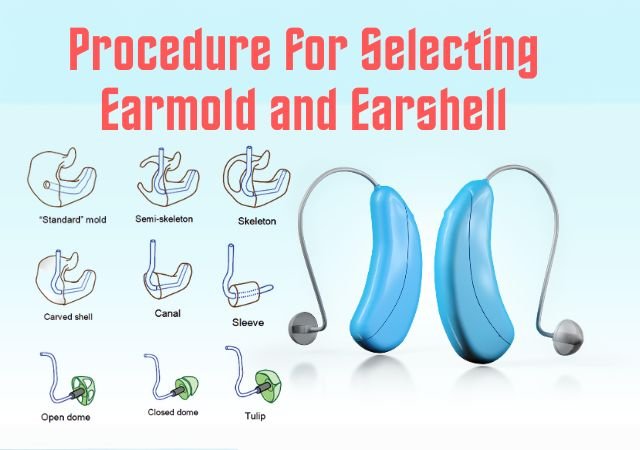Up-Down and Staircase Procedure of Estimating Minimum Audible Levels: It is more formal threshold determination strategy in which the threshold is approached from below in 5 dB steps. This involves two tactics

- Whenever the patient does not hear the tone (–), we increase the level of the next tone by 5 dB (“up 5” after a “no”).
- Whenever the patient hears the tone (+), we decrease the level of the next tone by 10 dB (“down 10” after a “yes”). It is no wonder this is known as the up-5 down-10 technique.
It is no wonder this is known as the up-5 down-10 technique
Estimating Minimum Audible Levels
Types of Stimulus used in PTA
- Continuous Tone
- Pulsed Tone
- Warble Tone
Instructions for PTA
- The examiner should present the instructions prior to placement of earphones.
- Earphones attenuate external sounds making speech understanding more difficult, particularly for persons with hearing loss.
- Listeners should also be queried after the instructions are presented to determine if they understood what was said.
Sample: You are going to hear a series of beeps, first in One ear and then in the other ear. Respond to the beep by pressing the button (Switch) when one comes on and release it as soon as it goes of. Some of the beeps will be very faint, so listen carefully and respond each time you hear one. Do
you have any questions?
Threshold Search for Air-conduction
Step 1: Each test tone is presented for 1 to 2 seconds.
Step 2: We want the threshold to be approached from below, so testing starting starts at a level that is known to be below the patient’s threshold. This can usually be done by simply setting the tone to 10 dB below where the patient responded during familiarization, and present it to him.
Step 3: The level of the tone is then raised in 5 dB steps until the patient responds.
Step 4: The tone is now decreased by 10 dB (or 15 dB) and presented again, in which case it should again be inaudible. This is done so that the threshold can again be approached from below. [Sometimes a patient will respond at this lower level. When that happens the tone is decreased another 10 dB (or 15 dB) and presented, and so on, until it is inaudible.]
Step 5: The level of the tone is then raised in 5 dB steps until the patient responds.
Steps 3 and 4 are repeated until the clinical threshold criterion is achieved.
Test Frequencies and Testing Order
Testing Order: 1000, 2000, 4000, 8000, retest at 1000, 500, 250 Hz
- The 1000 Hz retest is done as a reliability check and is expected to be within ±5 dB of the first 1000 Hz threshold in that ear, and the lower (better) of the two is considered the threshold.
- The semioctaves (750, 1500, 3000, and 6000 Hz) are tested whenever there is a difference of ≥ 20 dB between two adjacent octave frequencies (e.g., 3000 Hz is tested if the thresholds at 2000 and 4000 Hz differ by 20 dB or more).
- In contrast, the current ASHA (2005) guidelines include 3000 and 6000 Hz among the regularly tested frequencies.
Threshold Search for Bone-conduction
- Types of Stimulus
- Continuous Tone
- Pulsed Tone
- Warble Tone
- Duration of stimulus is 1 to 2 second.
- Frequency range traditionally (250-4K) Hz.
- Steps (1k, 2k, 4k, 1k, 500, 250) Hz.
- ASHA (2005) guidelines add 3 KHz and order is (1k, 2k, 3k, 4k, 1k, 500, 250) Hz.
- Threshold estimation could be same as up-5 down-10 technique or others methods of threshold estimation.
References:
⇒ https://www.ishaindia.org.in/pdf/Guidelines-Standard-Audiometric-Screening-Procedures.PDF
⇒ Introduction to Audiology – Frederick N.Martin (Book)
⇒ Essentials of Audiology – Stanley A. Gelfand, PhD (Book)
You are reading about:
Up-Down and Staircase Procedure of Estimating Minimum Audible Levels







0 Comments